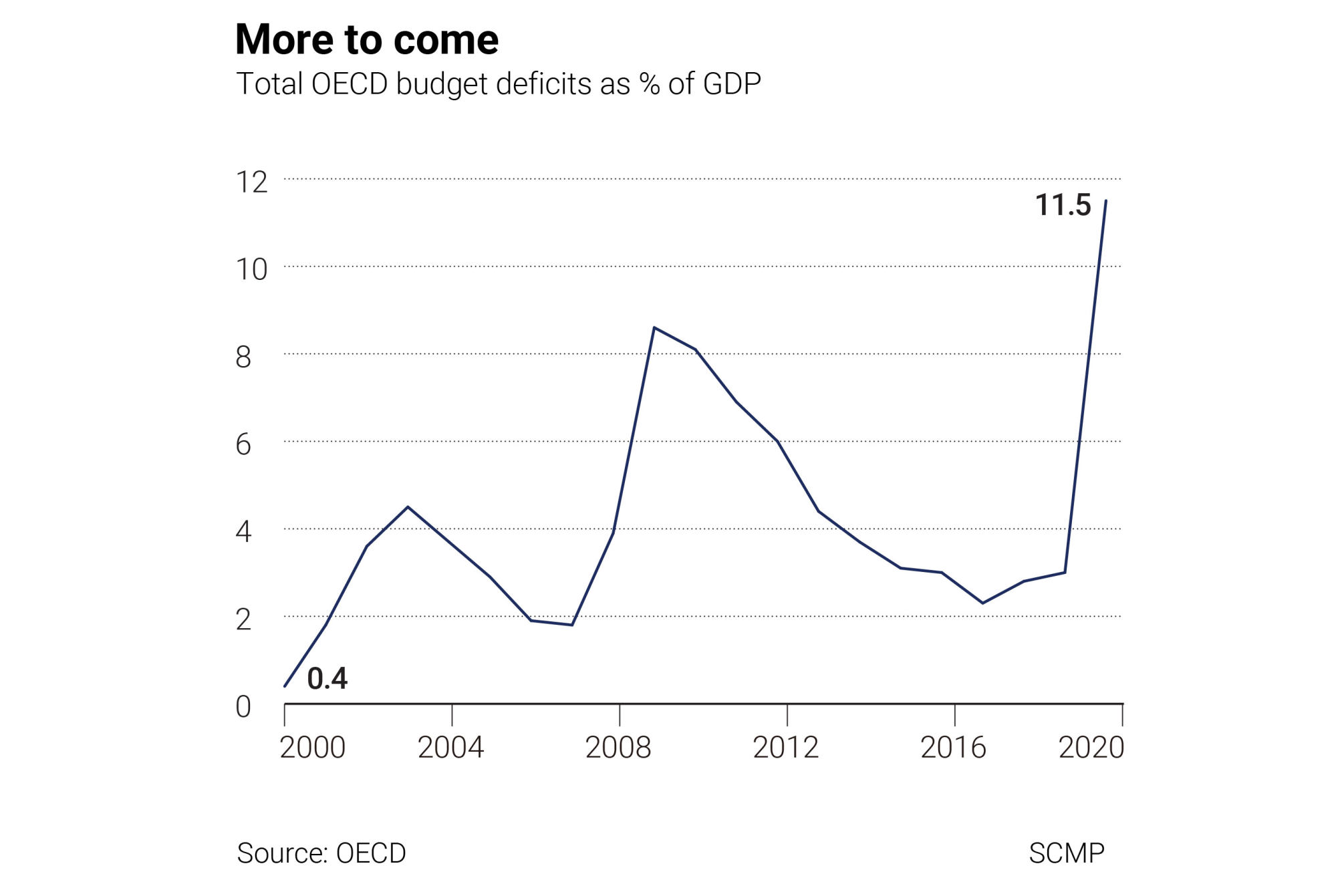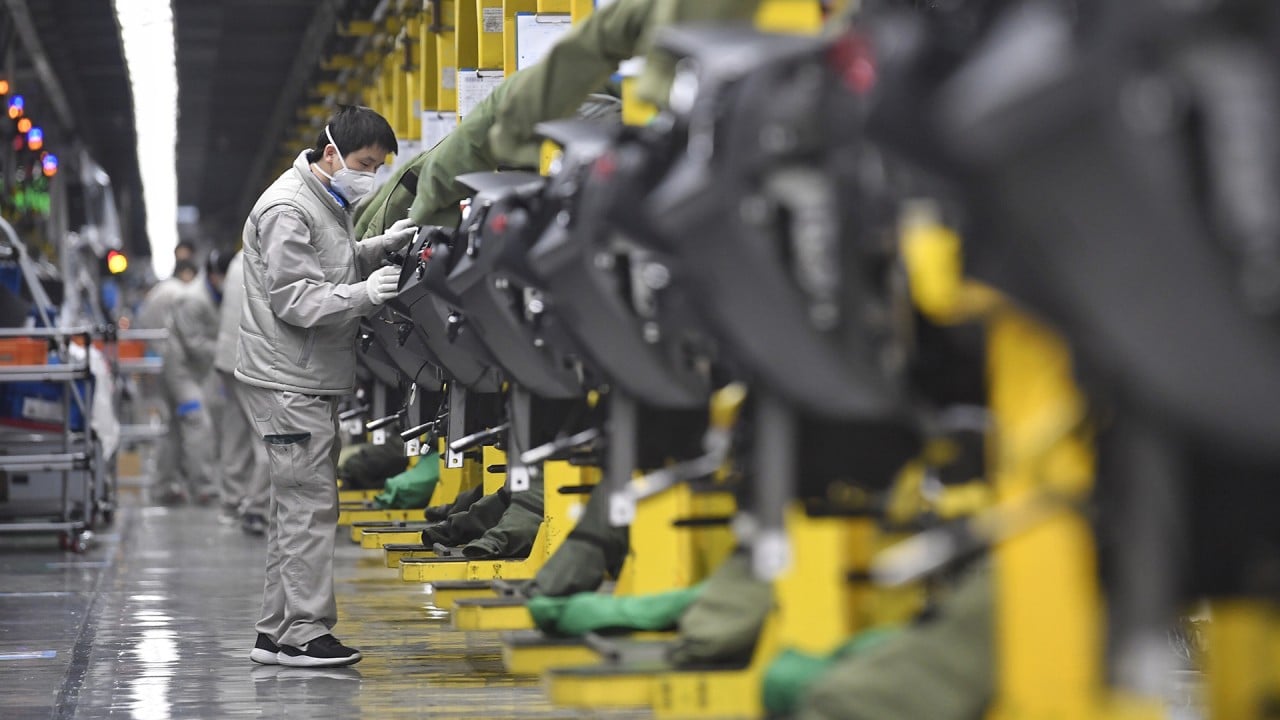
Coronavirus recovery: why ‘build back better, but together’ is key to global growth
- Our global response would be much more effective if world policymakers could work in closer harmony to get the best out of the recovery
- Trade differences must be settled, inflation concerns set aside and monetary policies harmonised to ensure mutually assured recovery for all
It would be much more effective if world policymakers could work in closer harmony to get the best out of the recovery. Close policy coordination worked well in the wake of the 2008 financial crisis as the major nations pulled together to wrest the global economy from deep recession, and they can do it again. A New Deal of global spending and investment measures would definitely be an advantage.

The International Monetary Fund, World Bank, United Nations, World Health Organization, World Trade Organization, and Organisation for Economic Cooperation and Development, among many other major bastions of international cooperation, are all crying out for more resources to spearhead faster global recovery.
The world needs a much better road map for recovery, not just for the wealthy industrial nations but also for the less-well-off economies.
A much wider international consensus will be needed. Globally coordinated reflation efforts worked well in the wake of the 2008 crash as the Group of 20 major economies agreed a deal to boost the world economy with measures worth up to US$1 trillion.
It marked an important turning point, but only concerted global leadership can make it succeed. The US and China both have a valuable opportunity to step in and give much-needed guidance.
Biden certainly seems to be setting the bar high with the new fiscal initiatives which are reminiscent of Franklin Roosevelt’s 1930s New Deal designed to counter the Great Depression.
Trade differences must be settled, inflation concerns set aside, the return to fiscal austerity delayed and monetary policies harmonised to ensure global easing is maintained in the wake of the pandemic.
“Build back better, but together” should be the hallmark of success. Mutually assured recovery is the best way forward.
David Brown is the chief executive of New View Economics


